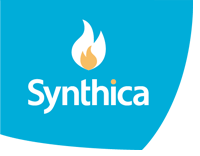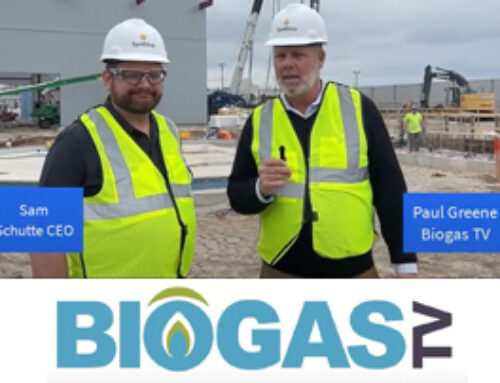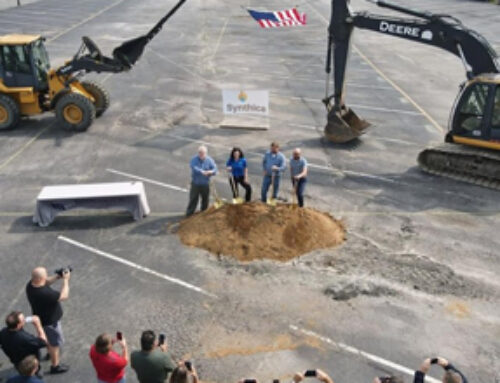A new, first-of-its-kind facility coming to San Antonio will convert up to 250,000 tons of industrial organic waste each year into renewable natural gas.
Earlier this month the Texas Commission on Environmental Quality approved an air quality permit for Synthica Energy, paving the way for the Cincinnati-based company to break ground on an anaerobic digestion facility in San Antonio later this year.
Anaerobic digestion is a process in which microorganisms break down organic materials in oxygen-free spaces to produce biogas and digestate.
Synthica Energy is currently working with manufacturers across the San Antonio area to facilitate contracts that would allow the company to handle specific components of the manufacturers’ organic waste — including food and beverage manufacturing byproducts, damaged produce, spent yeast, expired beer and other beverage waste products, said Grant Gibson, co-founder and chief development officer at Synthica Energy.
“San Antonio has a lot of food and beverage manufacturing here,” Gibson told the San Antonio Report in an exclusive interview. “We don’t do [composting] like the City of San Antonio … we’re complimentary to that. We focus on industrial byproducts — a lot of people call those pre-consumer products.”
Demand for a facility like this is significant across the San Antonio region, Gibson said. Despite the area being home to dozens of food and beverage manufacturers, there are currently no anaerobic digestion plants within 50 miles of downtown San Antonio, he said.
He noted that the only other facility that produces renewable natural gas in the San Antonio region that he knows of is the Tessman Road Landfill. According to CPS Energy, San Antonio’s electric utility receives renewable energy from two local landfills in the form of methane gas: the Covel Gardens Landfill and the Nelson Gardens Landfill, which together provide nearly 14 megawatts of renewable power, contributing to about 0.2% of the utility’s generating capacity. Gibson said he and his team have been communicating with CPS Energy on this upcoming facility.
Anaerobic digestion facilities can help manufacturers save money because they won’t need to haul away and dispose of byproducts as far, and it also has environmental benefits because it turns waste into clean, low-carbon energy, Gibson said.
“We have to upgrade it to the exact specs of natural gas,” Gibson said. “Then the benefit is that it has only trace amounts of carbon.”
According to the U.S. Environmental Protection Agency, replacing traditional diesel or gasoline with renewable natural gas can significantly reduce emissions of nitrogen oxides and particulate matter, resulting in local air quality benefits. Renewable natural gas is comprised primarily of methane. Compared to fossil natural gas, renewable natural gas contains zero to very low levels of “constituents” such as ethane, propane, butane, pentane or other trace hydrocarbons, the EPA states.
“[Renewable natural gas] projects capture and recover methane produced at a landfill or anaerobic digestion (AD) facility,” the EPA says. “Methane has a global warming potential at least 28 times greater than [carbon dioxide] and a relatively short … atmospheric life, so reducing these emissions can achieve near-term beneficial impacts in mitigating global climate change.”
There are fewer than 1,500 anaerobic digestion facilities in the United States, Synthica Energy states on its website. An EPA map showcasing where these facilities are located shows they are largely in California, Missouri and Wisconsin.
According to Synthica Energy’s website, the business is purposefully aiming to grow in places like San Antonio, Cincinnati, Atlanta and “other markets with significant demand for sustainable solutions for organic waste.”
The new San Antonio facility will be built with the capacity to grow in the future, Gibson said. It will be located at 4318 North IH-35, where Loop 410 and IH-35 connect.
“We have the ability to expand the same site to digest another 125,000 tons,” he said.
Gibson added that he and his team are working in the Houston and Dallas areas as well. The company was launched by Gibson and his fellow co-founder Sam Schutte in 2017. Its flagship facility in Cincinnati broke ground last summer and will begin operations soon, Gibson said.






